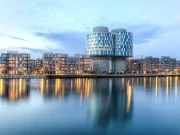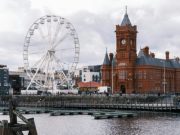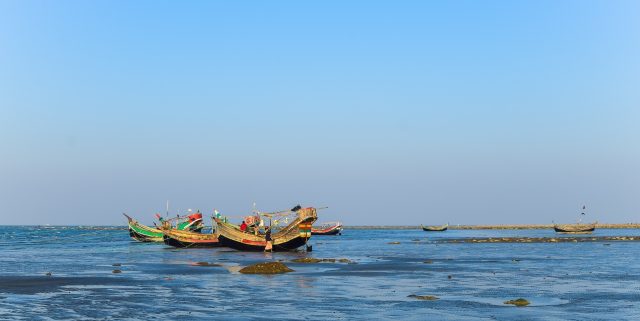Saint Martin’s Island is Bangladesh’s only coral island, internationally renowned for its virgin beaches and turquoise water with unique biodiversity. Conventionally, in the Bay of Bengal, thousands of tourists visit every year to this piece of land, which has reached such a critical juncture today, where its mainstay lies under acute crisis due to different challenges at both the environmental and regulatory infrastructural sectors.
Overcrowding and Environmental Degradation
The rapid growth of tourism in Saint Martin’s Island has come with a fair share of pressure on this fragile ecosystem. The period of higher influx, including peak seasons, has caused overpopulation, unchecked litter, and pollution. Unsustainable tourism activities like snorkeling, boating, anchoring, and other unregulated activities cause damage to coral reefs. Plastic from tourists and local commerce is an additional threat to marine life and makes the island lose its original beauty.

The destruction of the coral reefs is especially alarming as these reefs are important to maintaining the biodiversity of this island and protecting it against erosion. If urgent care is not taken, irreversible degradation of this ecosystem will result, making the island an undesirable place for tourists in the future.
Insufficient Infrastructure and Lack of Sustainable Practices
Saint Martin’s Island lacks any infrastructure that could support sustainable tourism development. The litter and pollution problem is further aggravated by the lack of a proper waste management system. Basic facilities such as clean drinking water, sanitation, and transportation are in a mess, which gives a very bad experience to the visitors and locals.
Illegal fishing, for example, continues alongside the extraction of coral and unlicensed tourist operations, although there are regulations against them. Furthermore, tourism on the island is virtually unregulated: most businesses do not have permits, which leads to the overdevelopment and exploitation of limited natural resources. Construction of hotels, restaurants, and so on often occurs without proper consideration for the environmental impacts that further strain the ecosystem of the island.
Regulatory Challenges and Mismanagement
Although the government has begun to regulate tourism, such as visitor caps and a restriction of activities, it remains poorly policed. Due to a lack of coordination at the local authority, business, and environmental organization levels, inconsistent policies and ineffective management have emerged.
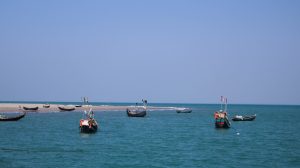 Besides, locals on the island are often excluded in decision-making processes yet their economies have heavy dependence on tourism.
Besides, locals on the island are often excluded in decision-making processes yet their economies have heavy dependence on tourism.
This in turn creates a conflict between environmental conservation and meeting the economic needs of the indigenous people.
Climate Change: An Imminent Danger
In the long run, however, even Saint Martin’s Island is not exempt from the challenge brought about by climate change. With the rise of sea levels and the increased frequency of extreme weather events, the future of the island is very much in jeopardy. Erosion of the coasts has already been observed, and the small freshwater supply on the island is already stretched because of changing weather patterns.
Addressing the tourism crisis in Saint Martin’s Island needs to be effected on many facets:
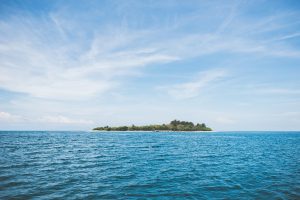
First, by emphasizing sustainable tourism practices including eco-friendly infrastructure, proper waste management, and tighter enforcement of regulations; raising the awareness of tourists on environmental impacts; and third, the involvement of the local communities in nature conservation.
The island of Saint Martin could return to its previous status of excellence and give this environmental treasure to future generations only if a need for economic development could be combined with that for environmental protection.











